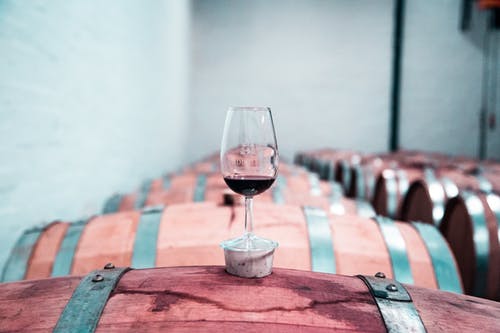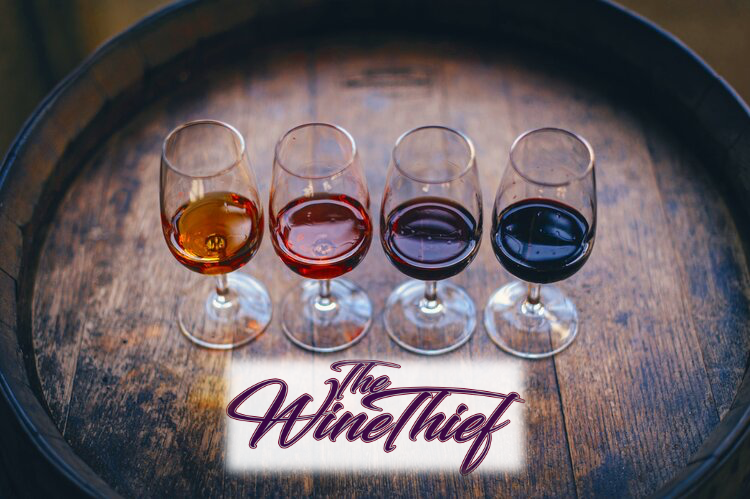Posted: Jun 12, 2020

Oak barrels are used widely in the winemaking process to increase color stabilization, soften the tannins, and add extra flavor compounds that increase the complexity of the wine. In addition to these effects, wine sometimes also gains in sweetness during oak aging, although it has no residual sugar. This sweet taste does not always occur and is not caused by the typical oak aroma molecules. Apparently there are other compounds involved during oak aging, but which, and under which circumstances?
The effect of oak aging largely depends on the type of oak species used for the barrels, the production style of the cooper, the age of the tree, the part of the trunk that the staves were taken from, the seasoning of the wood, the amount of toasting, but also the size and age of the barrel. The choice of oak barrel for winemaking is important for it can have a major impact on the final wine. Oak aging can result in aromas in the wine such as vanilla, oak, coconut, butterscotch, clove, smoke, nutmeg, chocolate, and coffee. Interestingly, oak aging can also increase the perceived sweetness of the wine, which is not caused by the volatile compounds – such as vanillin, β-methyl-γ-octalactone, eugenol, furfural and 2-furanmethanethiol – that are responsible for these typical oak aromas1. So, what other compounds contribute to the sweet taste after oak aging?

The most common natural sweeteners are the sugars glucose, fructose, and sucrose. During the alcoholic fermentation, these molecules are converted into alcohol. These sugars can therefore no longer have a sweetening effect on the wine. The wine is devoid of fermentable sugars and is ‘dry’. However, during oak aging many compounds are released from the oak in the wine such as the volatile compounds mentioned above, but also ellagitannins and other non-volatile compounds such as coumarins and lignans. These compounds contribute to the sensory properties of the wine and add for example bitterness and astringency.
In 2011, two new compounds, the triterpenes Quercotriterpenoside I and II (QTT I and II), have been reported in oak wood extract, of which QTTI was reported to have sweet properties with a sensory threshold of 590 µg/L in white wine2. For reference, the sensory threshold of glucose is at 4 g/L about 6700 times higher3, indicating that QTTI is a strong sweetener. According to this initial study, wines aged in oak barrels can have a concentration of up to 1.000 µg/L of all Quercotriterpenosides combined which shows that triterpenes can contribute to the sweet perception of the wine after oak ageing.
Follow up studies showed that QTTII also had sweetener properties, and that there was a whole family of triterpene molecules present in oak that could, depending on their isomere and galloyl and glycoside side-groups have a sweet or bitter taste4-6.
Go-Wine's mission is to organize food and beverage information and make it universally accessible and beneficial. These are the benefits of sharing your article in Go-Wine.com


The Wine Thief Bistro & Specialty Wines is a locally owned small business in downtown Frankfort, IL offering world class wines in a relaxed, casual gathering spot for friends and family. Offering world class virtual tastings and touchless carryout.
https://www.twtwineclub.com/aboutus
Go-Wine 25 Great Wineries in US selection prioritizes quality, value and availability.
www.go-wine.com/great-wineries-in-america
Tasting wine is a nice experience, but visiting the places in which wine is made is a magic moment. Available in New York City for touchless pickup.